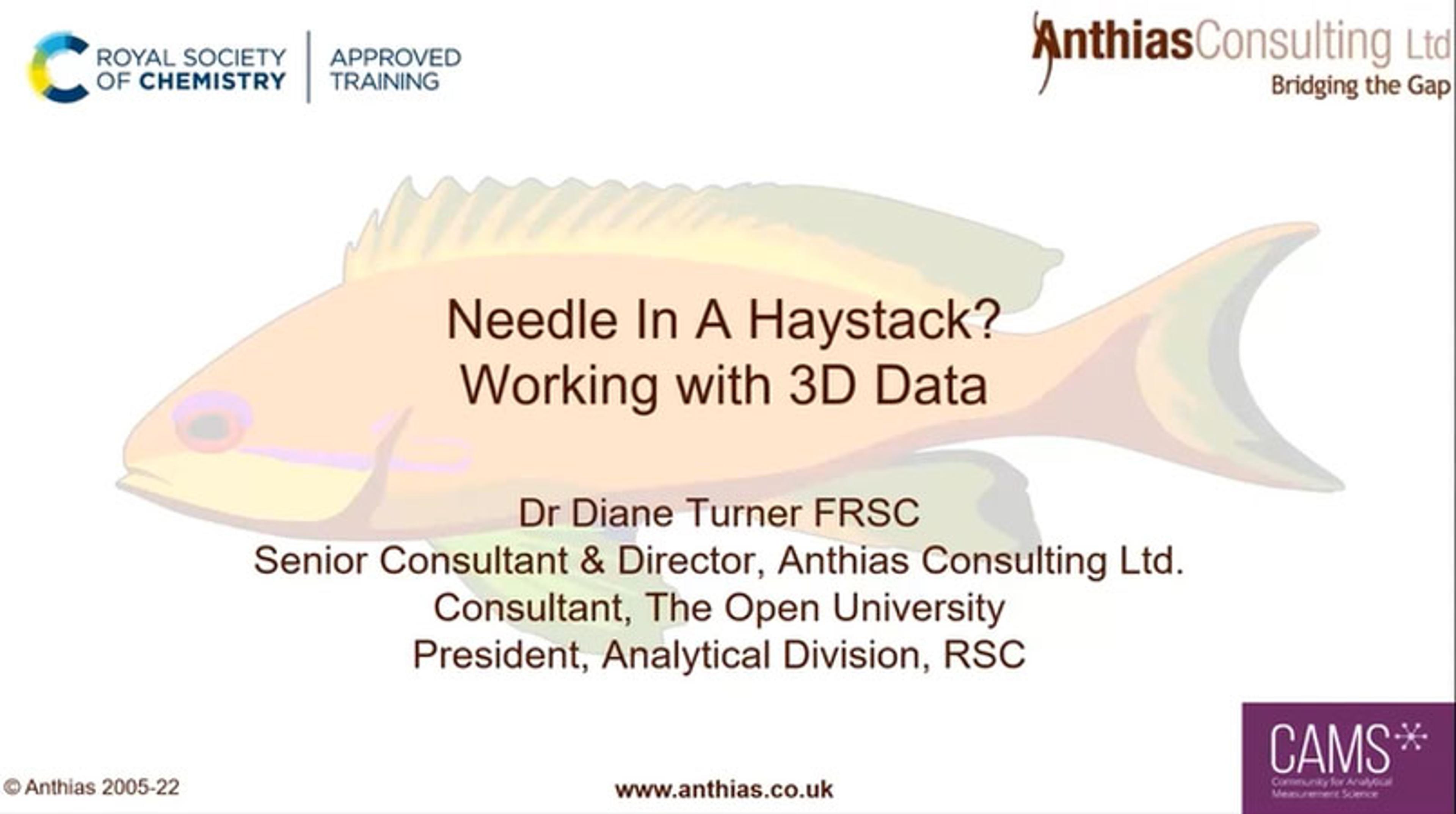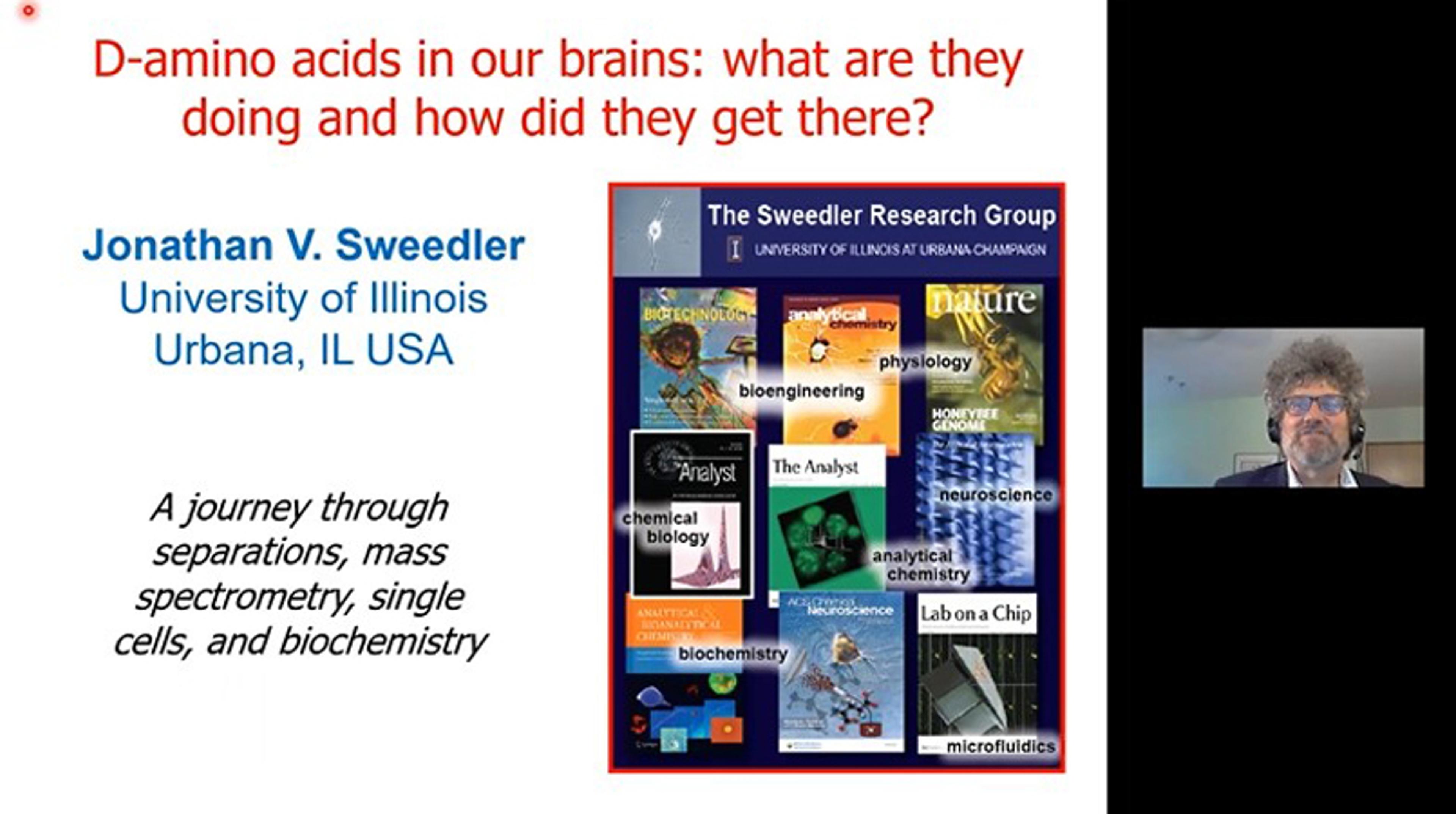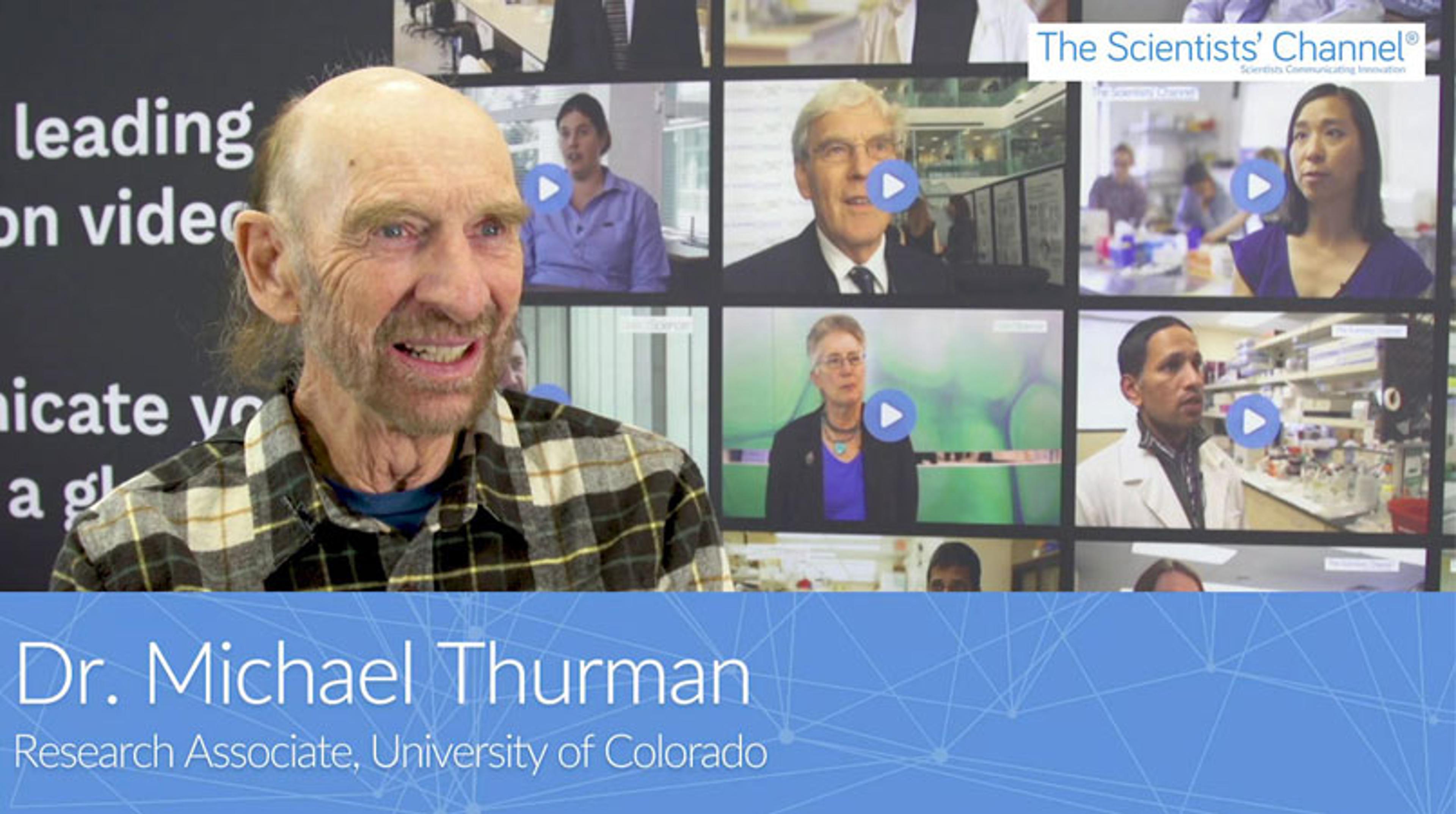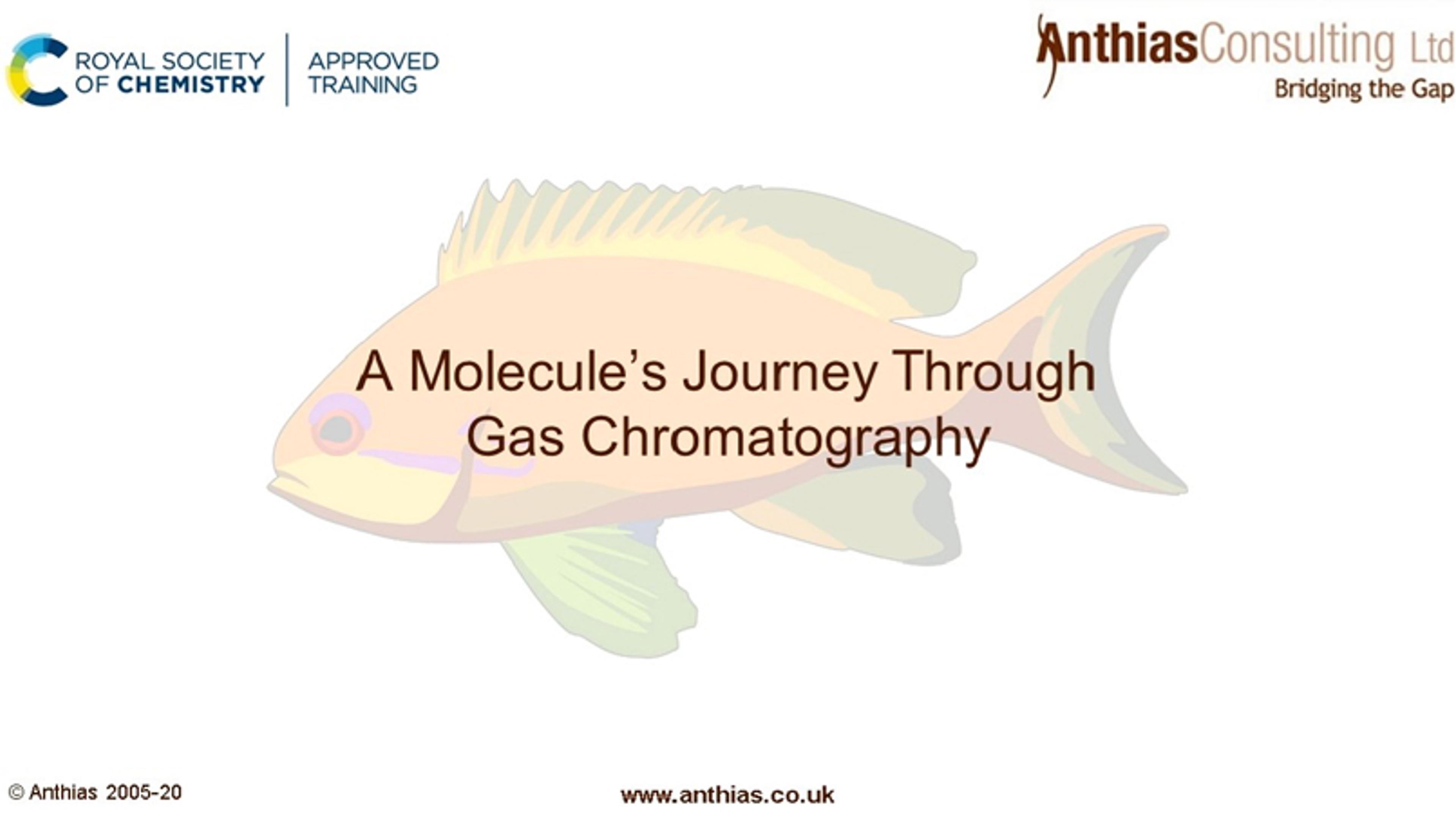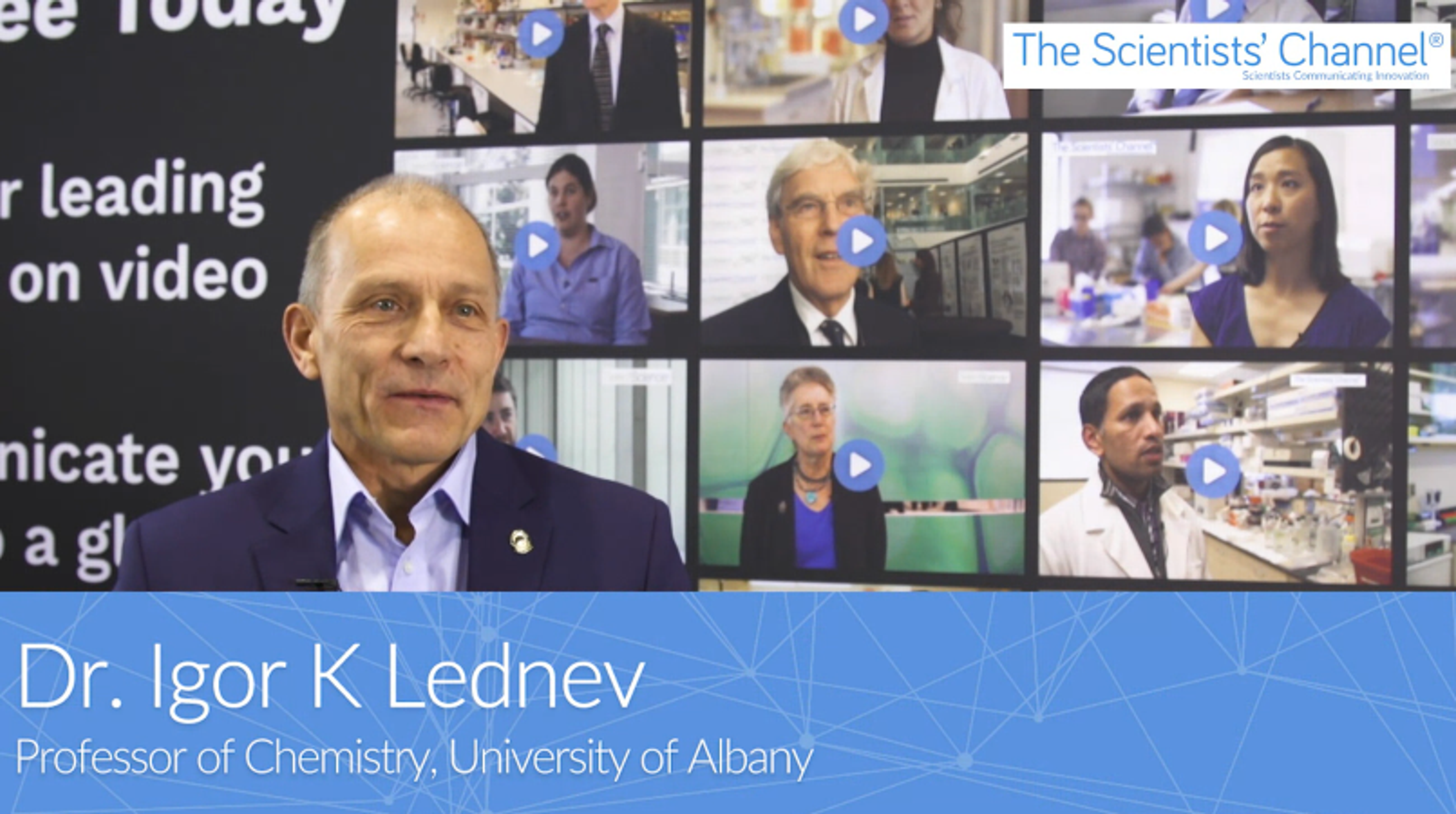Schoenmakers is the director of the Van‘t Hoff Institute for Molecular Science at the University of Amsterdam, and the education director of COAST, The Netherlands’ public-private partnership organization on analytical chemistry. Schoenmakers received his master’s degree in chemical engineering from the Technical University of Delft, The Netherlands, and did his PhD [Cindy, this was an important omission. Leaving it out made it seem like he doesn’t have a PhD] research with Prof. Leo de Galan in Delft and with Prof. Barry Karger in Boston, Massachusetts. His current research focuses on analytical separations in general and on multidimensional liquid chromatography in particular. In 2016, Schoenmakers was awarded a European Research Council advanced grant, worth 2.5 million euros, for the project “Separation Technology for A Million Peaks” (STAMP). The project aims to demonstrate the viability of spatial two-dimensional and three-dimensional liquid chromatography and to confirm the notion that these techniques may yield peak capacities exceeding 50,000 and 500,000, respectively.


